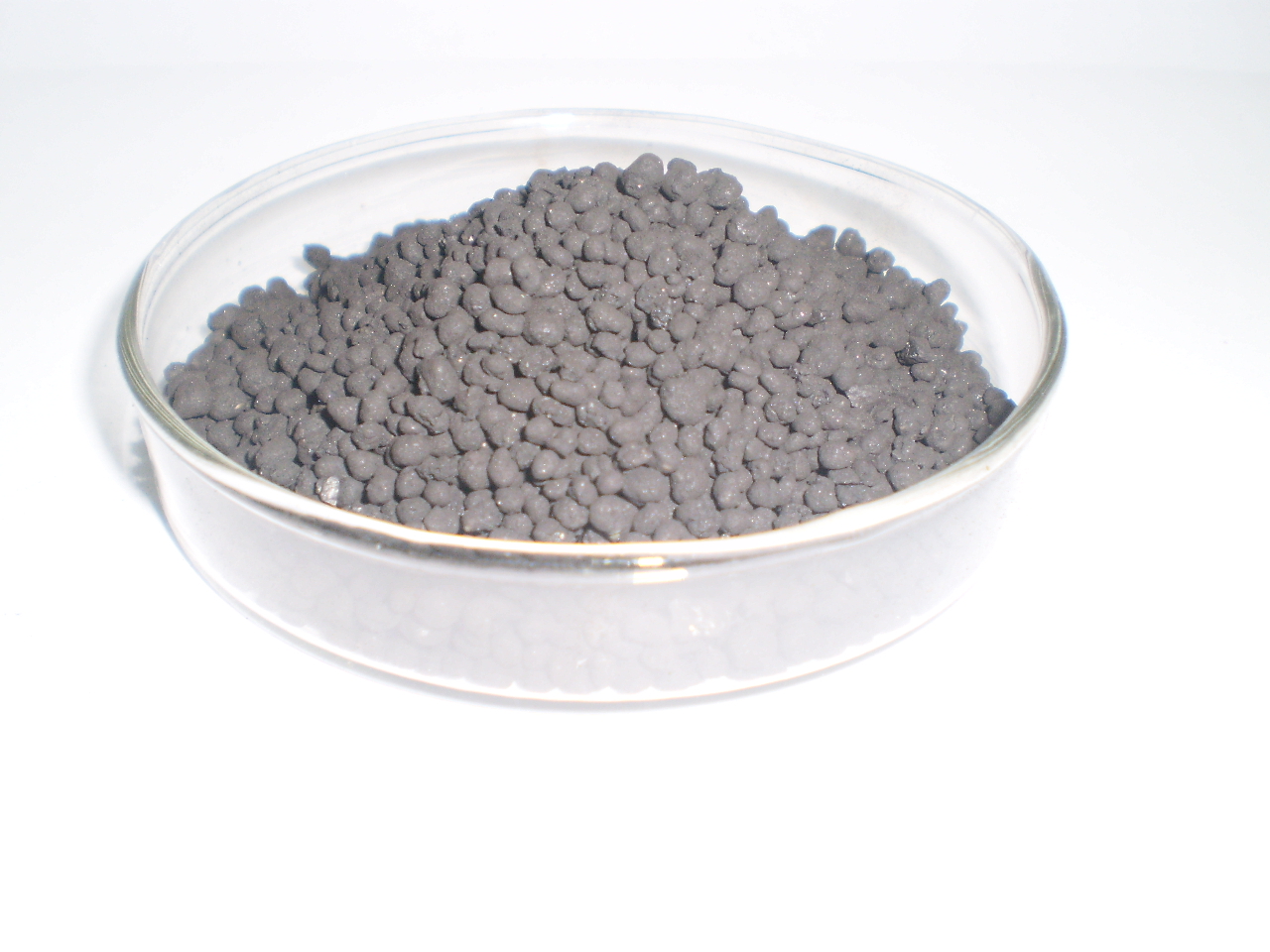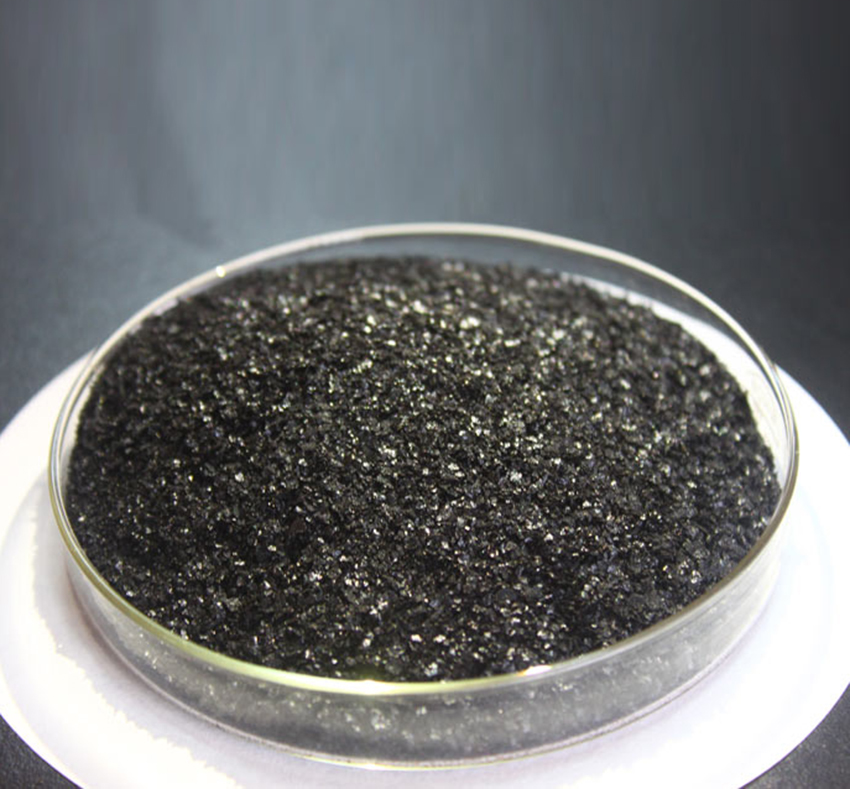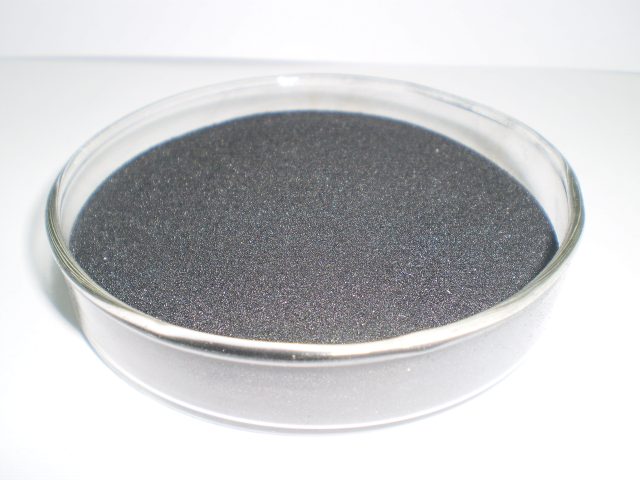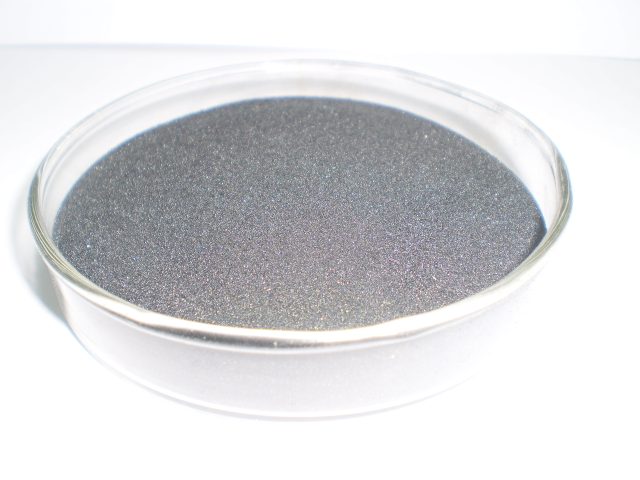The way people grow and manage is constantly changing with the advancement of science and technology. However, the status of soil as a carrier for growing crops has not been shaken. Everything needs to grow well, and the fertility of the soil is One of the main determinants, the organic matter content in the soil determines the fertility of the soil.
Organic matter humic acid, organic matter is not equal to humic acid
1.Polymer chemists believe that the lignin content determines the amount of humic acid formed.
2.soil scientists believe that: soil organic matter through the natural mineralization / humification to form humic – humic acid, ranging from two or three years, more than one hundred years. At present, the average content of soil organic matter in China is around 2.5%. According to the proportion of soil humic acid 60%, the humic acid content is less than 1.5%.
3.Coal chemical scientists believe that peat, weathered coal and lignite are rich in humic acid. Among them, peat formation takes thousands of years, humic acid content is generally greater than 20%; weathered coal, lignite formation requires tens of millions to hundreds of millions of years, humic acid content is high, about 40% to 70%. More than 30 years of scientific research have shown that coal humic acid and soil humic acid have similar physical properties, chemical composition, molecular structure and molecular weight range, with consistent application characteristics.
4. people usually refer to the organic matter – mainly crop straw, livestock and poultry manure, industrial by-products (distiller’s grains, sugar factory waste, animal skin, etc.), urban kitchen waste, etc. as raw materials, most of the lignin content is very low, very It is difficult to form industrial grade humic acid.
In summary, organic matter humic acid, humic acid must be the best organic matter.
Humic acid is the most vital element of organic matter in the soil,role of humic acid as following:
1.Humic acid is a soil improver
With the provision of people’s living standards and lifestyle changes, as well as the development of inorganic fertilizer industry with convenient application and significant increase in production, the “dirty, rotten and stinky” farmyard manure has been increasingly ignored by modern farmers.
Therefore, from the current fertilization structure, heavy inorganic and light organic fertilization habits are very common, especially in the production of food crops. In the long run, it is bound to destroy the soil structure, leading to soil compaction and soil fertility decline. Based on this situation, it is particularly important to develop a convenient and hygienic organic fertilizer source.
Humic acid can promote the formation of soil aggregate structure, reduce soil bulk density, increase cation substitution, and adjust soil pH, thereby contributing to soil water retention, fertilizer retention, heat preservation and ventilation.
In addition, since humic acid is a high molecular organic substance, it can provide sufficient carbon source and energy for soil microorganisms after being applied to the soil, promote microbial metabolism and reproduction, thereby increasing the amount of soil microorganisms, enhancing soil microbial activity, and improving soil microenvironment. This is especially important for improving and fertilizing soil.
2.humic acid is a synergist of fertilizer
The application of NPK fertilizer has played a decisive role in improving the output of agricultural products, but the phenomenon of high yield and inefficiency has become a major problem in the high yield and super high yield cultivation of crops in China. How to strengthen the comprehensive management of nutrient resources and improve the utilization rate of fertilizers is becoming the focus of research in modern agricultural management systems.
To this end, the Chinese government has invested a large amount of financial funds since 2005 to launch a soil testing and fertilization project nationwide, aiming to achieve high yield, high quality and high efficiency of agriculture by guiding farmers to apply fertilizer scientifically and rationally.
The multiple effects of humic acid controlled by nitrogen, slow phosphorus release, potassium leaching and micronutrient activation are particularly important, which can greatly improve fertilizer efficiency and balance nutrient supply.
3.Humic acid is a good adjuvant for pesticides.
Humic acid foliar fertilizer as a good adjuvant for pesticides is mainly reflected in the following aspects:
(1) Humic acid is composed of complex organic matter, which contains more hydrophilic and lipophilic groups, has the function of surfactant, and is mixed with pesticides, which can effectively exert its good dispersion and emulsification. Improve pesticide activity and increase pesticide efficacy.
(2) Humic acid has a large specific surface area and has a strong adsorption effect on organic-inorganic substances. When it is compatible with pesticides, some complexes are formed, thereby releasing the effect of slow release of the drug.
(3) Because the amino acid and S-group in the functional group of humic acid can reduce the toxic effect of pesticides on humans and animals, the safety of pesticides after application can be improved to some extent.
(4) High-activity fulvic acid has solubilization and synergistic effect on pesticides, so that the amount of pesticides can be reduced to a certain extent, thereby correspondingly reducing the transfer of pesticides in the food chain and residues in the environment.
(5) Humic acid also contributes to the degradation of residual pesticides in the soil. Humic acid promotes the growth of microorganisms in the soil, while microorganisms can effectively degrade the residual pesticides in the soil, so it can effectively reduce the environmental pollution of residual pesticides after application. To reduce the penetration of pesticides into the food chain, thereby reducing the accumulation of pesticides in animals and plants.
In addition, humic substances themselves have a pesticide-like function. Studies have shown that after spraying humic acid foliar fertilizer, the incidence of pepper bacterial wilt, the incidence of flower rust, and the rate of rotten fruit are significantly reduced.





